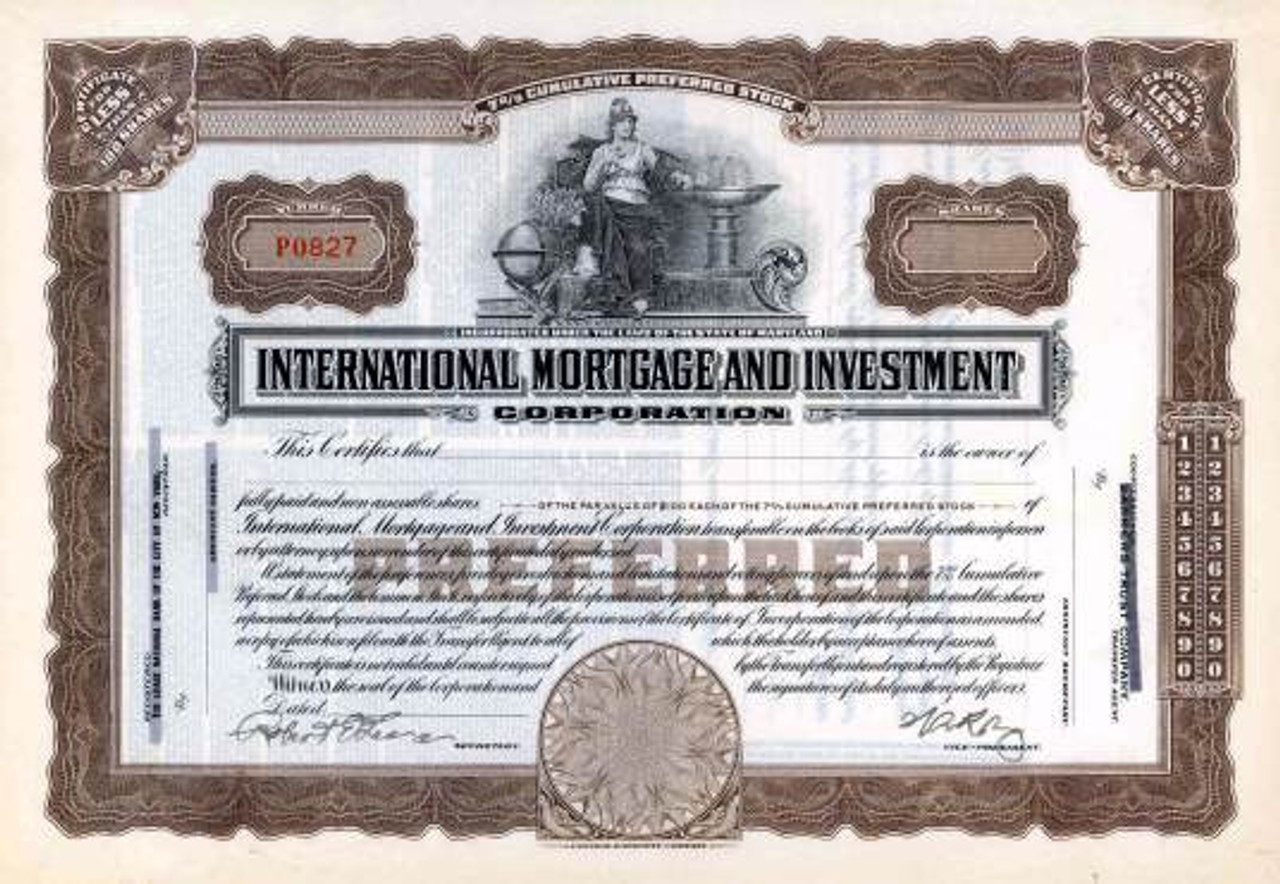Facts About Mortgage Investment Corporation Uncovered
Table of ContentsSee This Report on Mortgage Investment Corporation6 Simple Techniques For Mortgage Investment CorporationSome Ideas on Mortgage Investment Corporation You Need To Know
This means that financiers can take pleasure in a consistent stream of money flow without having to actively manage their investment profile or fret about market fluctuations. As long as customers pay their home loan on time, revenue from MIC financial investments will certainly continue to be stable. At the same time, when a consumer stops paying promptly, investors can depend on the knowledgeable group at the MIC to deal with that situation and see the loan with the exit procedure, whatever that appears like.
Accordingly, the goal is for financiers to be able to access stable, lasting cash moves generated by a large resources base. Rewards gotten by shareholders of a MIC are typically categorized as rate of interest revenue for functions of the ITA. Resources gains realized by a capitalist on the shares of a MIC are typically based on the normal therapy of resources gains under the ITA (i.e., in a lot of scenarios, taxed at one-half the price of tax on common income).

While specific demands are kicked back till quickly after the end of the MIC's initial monetary year-end, the complying with criteria have to typically be satisfied for a firm to qualify for and keep its standing as, a MIC: citizen in Canada for objectives of the ITA and integrated under the regulations of Canada or a province (unique rules put on firms included prior to June 18, 1971); only undertaking is spending of funds of the corporation and it does not take care of or develop any real or immovable building; none of the residential property of the company includes financial obligations possessing to the firm safeguarded on actual or unmovable building found outside Canada, financial obligations owning to the firm by non-resident individuals, except debts secured on actual or stationary residential property situated in Canada, shares of the resources stock of firms not homeowner in Canada, or genuine or unmovable residential or commercial property located outside Canada, or any type of leasehold rate of interest in such residential or commercial property; there are 20 or more investors of the company and no investor of the corporation (together with specific persons connected to the investor) has, straight or indirectly, even more than 25% of the provided shares of any kind of class of the resources supply of the MIC (particular "look-through" rules use in regard of depends on and partnerships); holders of recommended shares have a right, after repayment of favored rewards and repayment of dividends in a like quantity per share to the holders of the typical shares, to participant pari passu with the owners of usual shares in any type of additional reward settlements; a minimum of 50% of the expense amount of all residential property of the firm is spent in: debts safeguarded by home mortgages, hypotecs or in any various other manner on "homes" (as specified in internet the National Housing Act) or on property included within a "housing job" (as specified in the National Real Estate Function as it read on June 16, 1999); down payments in the records of most Canadian banks or cooperative credit union; and money; the cost quantity to the firm of all actual or unmovable home, consisting of leasehold passions in such residential or commercial property (leaving out certain amounts obtained by repossession or pursuant to a debtor default) does not go beyond 25% of the price amount of all its building; and it complies with the liability limits under the ITA.
The Greatest Guide To Mortgage Investment Corporation
Resources Structure Private MICs generally released two classes of shares, typical and favored. Typical shares are typically issued to MIC owners, directors and officers. Typical Shares have ballot rights, are normally not qualified to rewards and have no redemption feature yet join the circulation of MIC assets after preferred shareholders obtain built up but unpaid rewards.
Preferred shares do not typically have ballot civil liberties, are redeemable at the choice of the owner, and in some circumstances, by the MIC. On winding up or liquidation of the MIC, liked investors are commonly entitled to get the redemption value of each favored share along with any kind of stated however unpaid rewards.
One of the most generally counted on program exemptions for exclusive MICs distributing safeties are the "certified financier" exemption (the ""), the "offering memorandum" exemption (the "") and to a minimal extent, the "family, close friends and service partners" exception (the "") (Mortgage Investment Corporation). Financiers under the AI Exemption are normally higher total assets capitalists than those that might only meet the limit to spend under the OM Exception (relying on the jurisdiction in Canada) and are likely to invest greater quantities of funding
Mortgage Investment Corporation - The Facts
Capitalists under the OM Exemption commonly have a lower total assets than accredited investors and depending on websites the jurisdiction in Canada are subject to caps appreciating the quantity of funding they can spend. For instance, in Ontario under the OM Exemption an "qualified investor" is able to invest up to $30,000, or $100,000 if such financier obtains suitability guidance from a registrant, whereas a "non-eligible capitalist" can only invest approximately $10,000.
Historically low interest prices in recent times that has news actually led Canadian capitalists to progressively venture right into the globe of private home loan investment corporations or MICs. These frameworks promise steady returns at much higher yields than conventional set income financial investments nowadays. Are they as well good to be true? Dustin Van Der Hout and James Cost of Richardson GMP in Toronto believe so.
